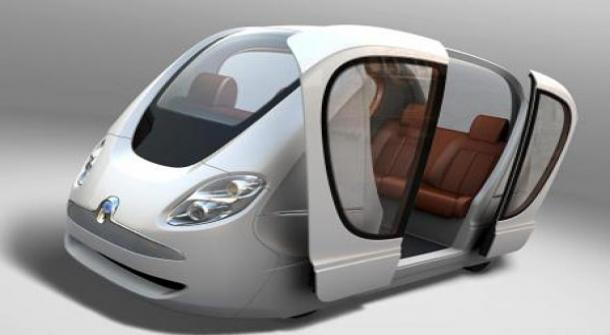The opening of “The Rise of the Small and Narrow Vehicle,” Brad Templeton’s blog post about how car design will be transformed when (if) we eventually live in a world of driverless, automated taxis:
“Many of the more interesting consequences of a robotic taxi ‘mobility on demand’ service is the ability to open up all sorts of new areas of car design. When you are just summoning a vehicle for one trip, you can be sent a vehicle that is well matched to that trip. Today we almost all drive in 5 passenger sedans or larger, whether we are alone, with a single passenger or in a group. Many always travel in an SUV or Minivan on trips that have no need of that.
The ability to use small, light vehicles means the ability to make transportation much more efficient. While electric cars are a good start (at least in places without coal-based electricity) the reality is today’s electric cars are still sedans and in fact are heavy due to their batteries. As such they use 250 to 350 watt-hours/mile. That’s good, but not great. At the national grid average, 300 wh/mile is around 3000 BTUs/mile or the equivalent of 37mpg. Good, and cleaner if from natural gas, but we can do a lot more.
Half-width vehicles have another benefit — they don’t take up much room on the road, or in parking/waiting. Two half-width vehicles that find one another on the road can pair up to take only one lane space. A road that’s heavy with half-width vehicles (as many are in the developing world) can handle a lot more traffic. Rich folks don’t tend to buy these vehicles, but they would accept one as a taxi if they are alone. Indeed, a half-width face-to-face vehicle should be very nice for 2 people.”
Tags: Brad Templeton

